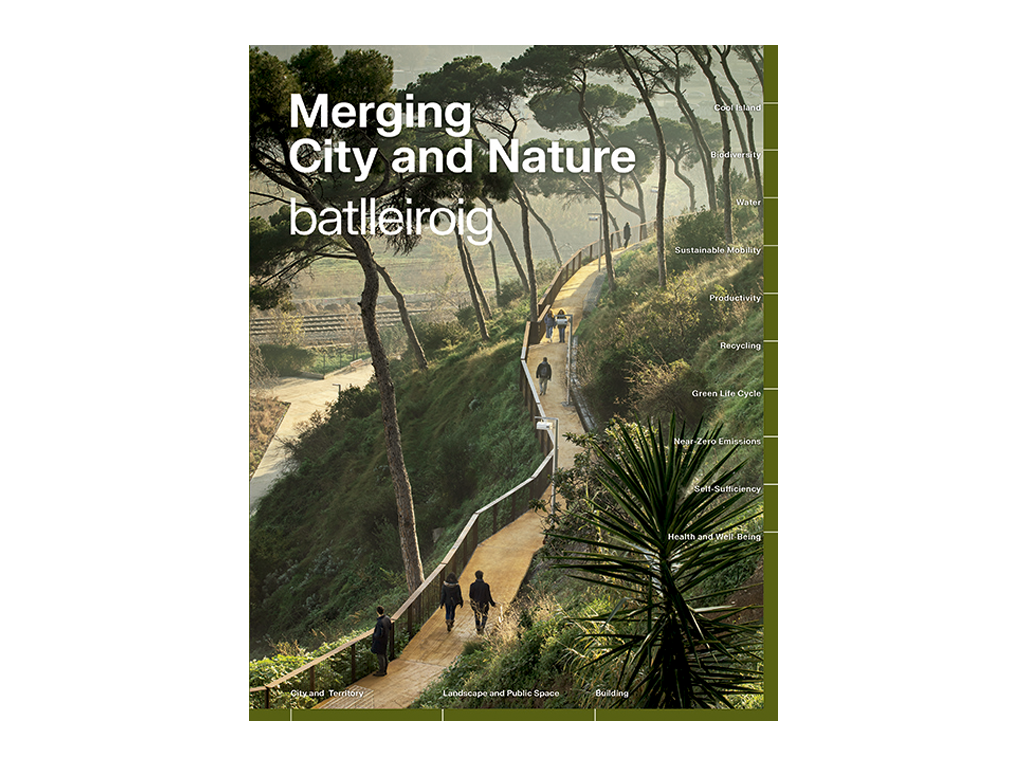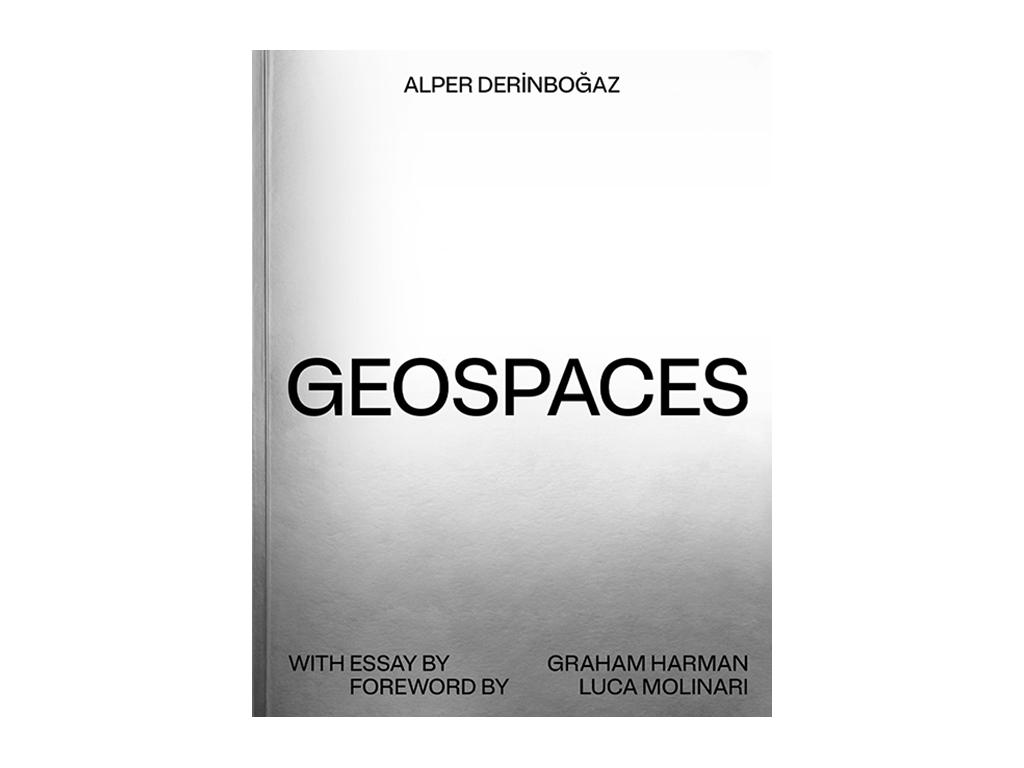The spectrum of cohabitation between architecture and nature is broad and challenging: it needs to be addressed including sustainability, well-being and spatial perception. Dealing with nature involves blending into the landscape, inserting vegetation into artificial spaces, building a landmark and reconnecting architecture with natural systems.
- Unspoiled Landscape
- Out of Wood
- Dystopian
- Waterfront
- Urban Agriculture
- Physiological Design
- [Re] Generative
- Biophilic Design
- Urban Mobility
- Vegetated envelopes
- Entropic urbanization
- Post-extractive practices
- Datascapes
- Urban Metabolism
- Posthuman
- Advanced Urbanism
- Empowering Women
- Inhabiting Landscape
- Meteorological Urbanism
- Constructing Timber
- Educational Habitats
- Urban Greening
- Textile Architecture
- Self-Sufficiency
- Socio-Ecological Design
- Modular Design
- Vernacular Design
- Negotiating Borders
- Transport Connections
- Unhoused
- Walkable Cities
- Ephemeral Architecture
- Designing for Risk
- Adaptive Reuse
- Algorithmic Design
- Building with Earth
- Dealing with Nature
- Social Inclusion
- Passive Design
- Urban Catalysts
- Geographies of Extraction
- Building Living Systems
- Affordable Housing
- Indigenous Practices
- Healthy City
- Degrowth
- Cycling Infrastructure
- Thermodynamic Systems
- Kinetic City
- Multiscale Approach
- Recycling & Upcycling
- Food Production
- Construction Ecology
- Ecologies of the Envelope
- Green Transition
- Heat Emergency
- Megablock Urbanism
- New Working Habits
- Addressing Vacancy
- Collective Housing
- On Site Robotics
- Co-living
- The 15-Minute City
- Biotech Architecture
- Out of Wood empreses
- Emergency Housing
- Smart City
- Soft Infrastructures
- Sourcing Locally
- Lightweight Envelopes
- Emergent Material Ecologies
- Extraterrestrial
- Alternative Domesticity
- Optimized Construction
- Operative Mapping
- Mute Icons
- Post-pandemic Design
- Waste Management
- Designing in Extreme Environments
- Sea Level Rise
- Performative Envelopes
- Architecture and Gender
- Inclusionary & Exclusionary Space
- Agency in Architecture
- Biomimetic Architecture
- Micro Living
- Disassembly Strategies
- De-carbonization
- Racial Justice


